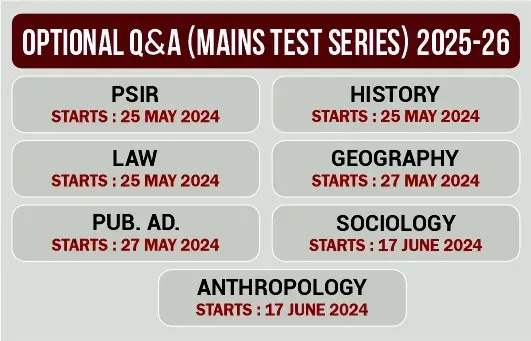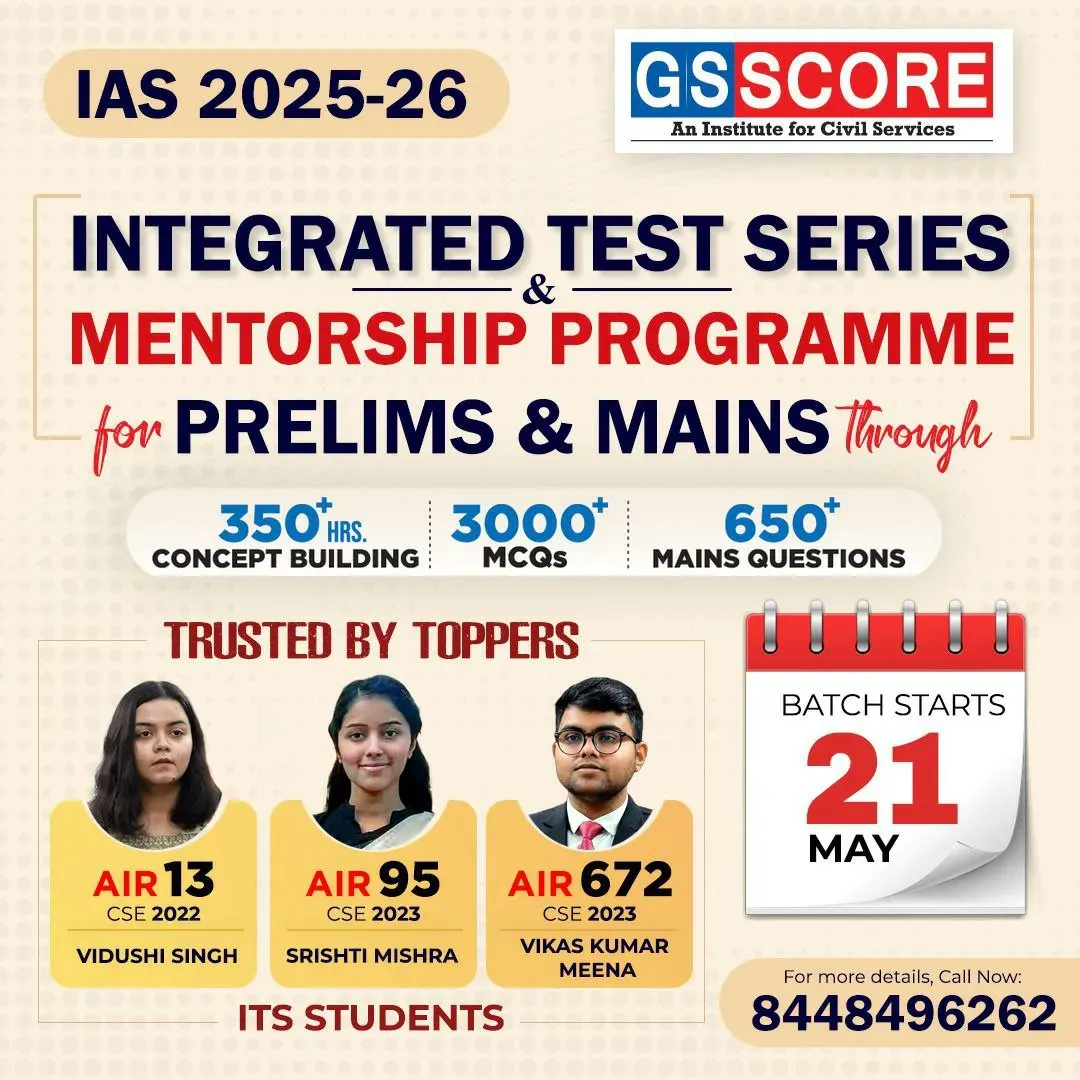UPSC IAS Mains General Studies (Paper – III) Exam Question Paper – 2016
Exam Name: UPSC IAS Mains Exam
Year: 2016
Subject: Paper-IV: General Studies -III (Technology, Economic Development, Bio-diversity, Environment, Security and Disaster Management)
Time Allowed: 3 Hours
Total Marks : 12½×20 = 250
Instructions: Answer the following questions in not more than 200 words each. Contents of the answers are more important than their length. All questions carry equal marks.
Q1. How globalization has led to the reduction of employment in the formal sector of the Indian economy? Is increased informalization detrimental to the development of the country?
Q2. Women empowerment in India needs gender budgeting. What are the requirements and status of gender budgeting in the Indian context?
Q3. Pradhan Mantri Jan Dhan Yojana (PMJDY) is necessary for bringing unbanked to the institutional finance fold. Do you agree with this for financial inclusion of the poor section of the Indian society? Give arguments to justify your opinion.
Q4. What are ‘Smart Cities’? Examine their relevance for urban development in India. Will it increase rural-urban differences? Give arguments for ’Smart Villages’ in the light of PURA and RURBAN Mission.
Q5. Justify the need for FDI for the development of the Indian economy. Why there is gap between MOUs signed and actual FDIs? Suggest remedial steps to be taken for increasing actual FDIs in India.
Q6. Comment on the challenges for inclusive growth which include careless and useless manpower in the Indian context. Suggest measures to be taken for facing these challenges.
Q7. What is water-use efficiency? Describe the role of micro-irrigation in increasing the water-use efficiency.
Q8. What is allelopathy? Discuss its role in major cropping systems of irrigated agriculture.
Q9. Discuss the role of land reforms in agricultural development. Identify the factors that were responsible for the success of land reforms in India.
Q10. Given the vulnerability of Indian agriculture to vagaries of nature, discuss the need for crop insurance and bring out the salient features of the Pradhan Mantri Fasal Bima Yojana (PMFBY).
Q11. Give an account of the current status and the targets to be achieved pertaining to renewable energy sources in the country. Discuss in brief the importance of National Programme on Light Emitting Diodes (LEDs).
Q12. Discuss India’s achievements in the field of Space Science and Technology. How the application of this technology has helped India in its socio-economic development?
Q13. Why is nanotechnology one of the key technologies of the 21st century? Describe the salient features of Indian Government’s Mission on Nanoscience and Technology and the scope of its application in the development process of the country.
Q14. Rehabilitation of human settlements is one of the important environmental impacts which always attracts controversy while planning major projects. Discuss the measures suggested for mitigation of this impact while proposing major developmental projects.
Q15. The frequency of urban floods due to high intensity rainfall is increasing over the years. Discussing the reasons for urban floods, highlight the mechanisms for preparedness to reduce the risk during such events.
Q16. With reference to National Disaster Management Authority (NDMA) guidelines, discuss the measures to be adopted to mitigate the impact of recent incidents of cloudbursts in many places of Uttarakhand.
Q17. The terms ‘Hot Pursuit’ and ‘Surgical Strikes’ are often used in connection with armed action against terrorist attacks. Discuss the strategic impact of such actions.
Q18. ‘Terrorism is emerging as a competitive industry over the last few decades.” Analyse the above statement.
Q19. Border management is a complex task due to difficult terrain and hostile relations with some countries. Elucidate the challenges and strategies for effective border management.
Q20. Use of internet and social media by non-state actors for subversive activities is a major security concern. How have these been misused in the recent past? Suggest effective guidelines to curb the above threat.
Courtesy: UPSC





